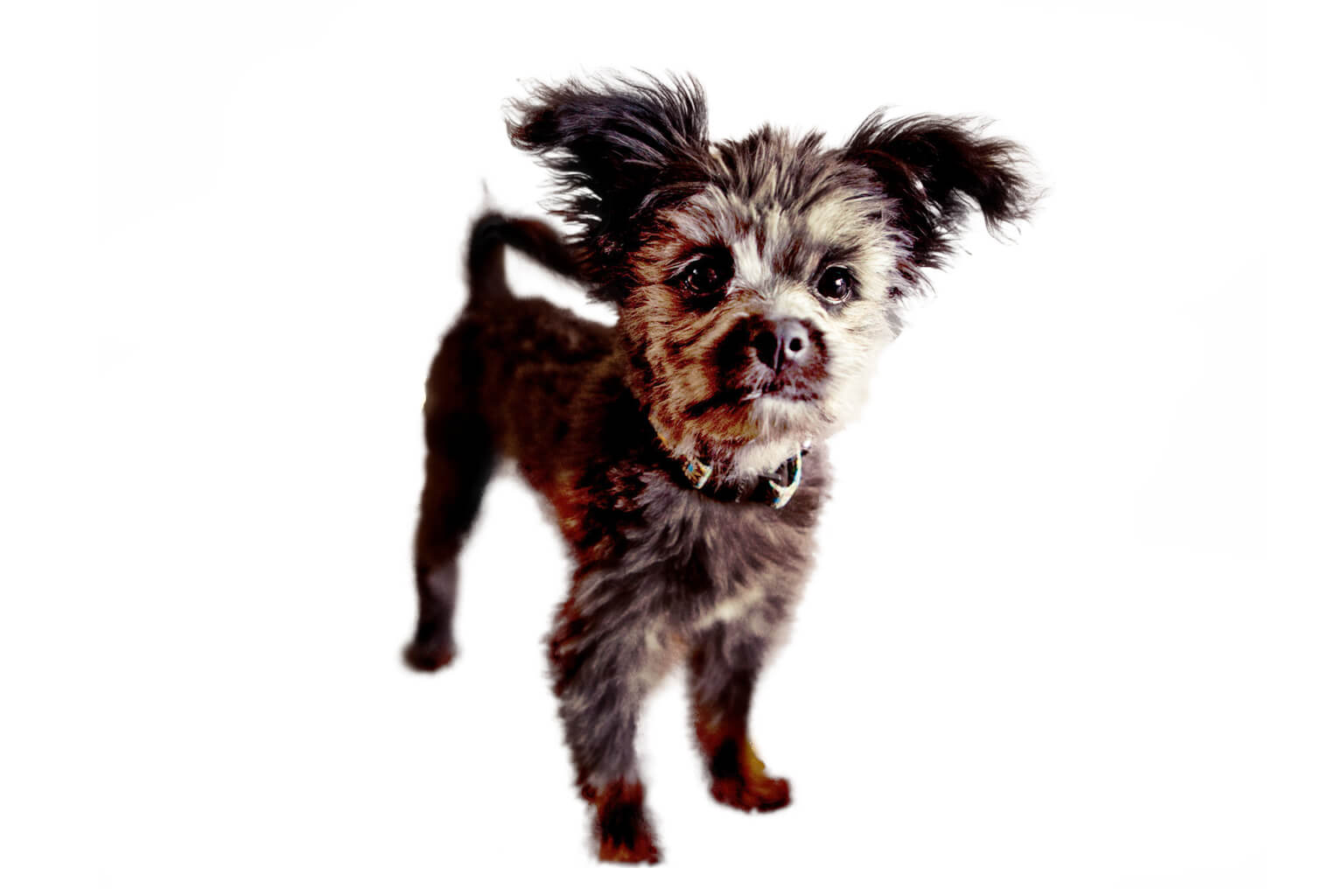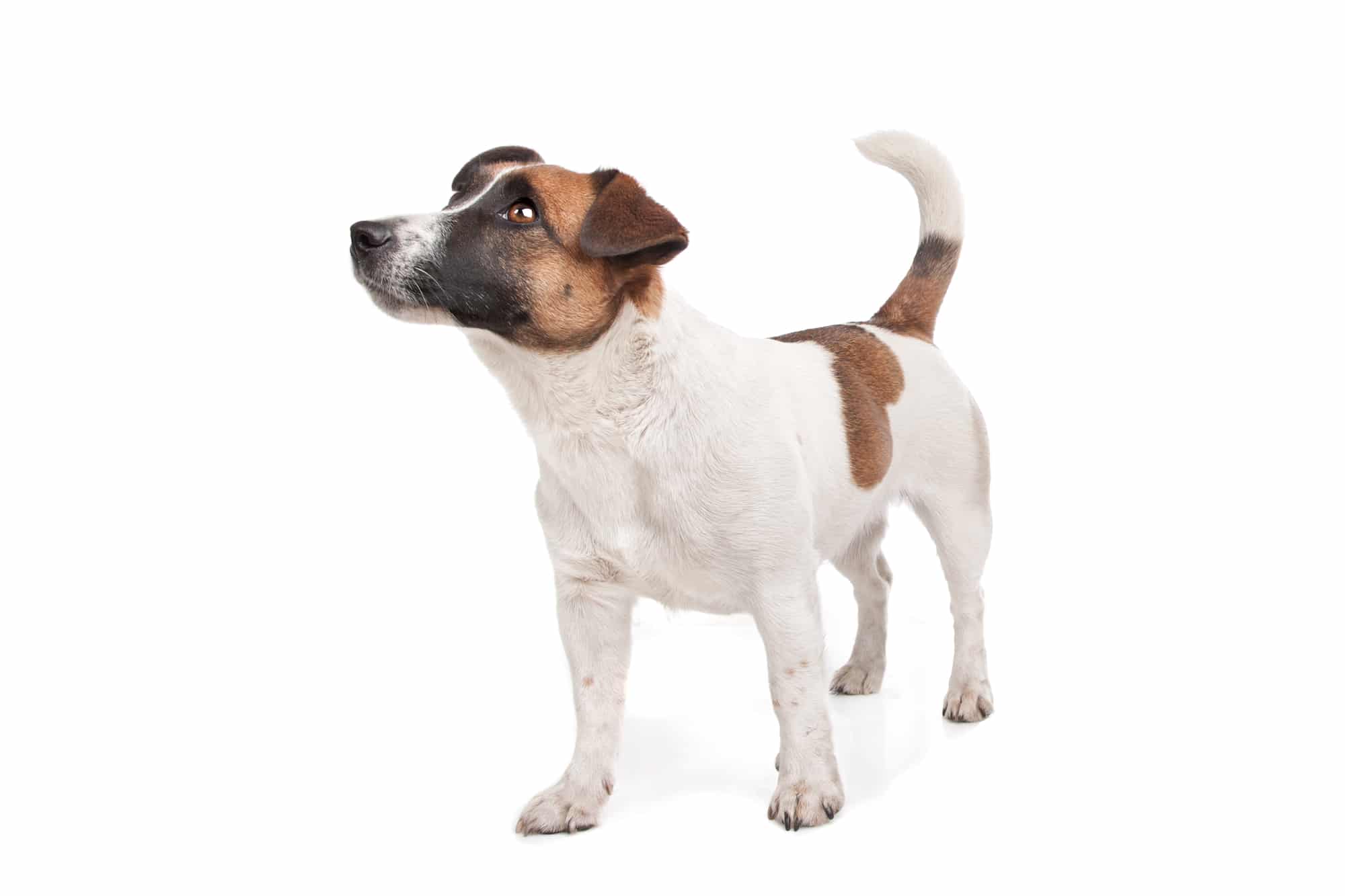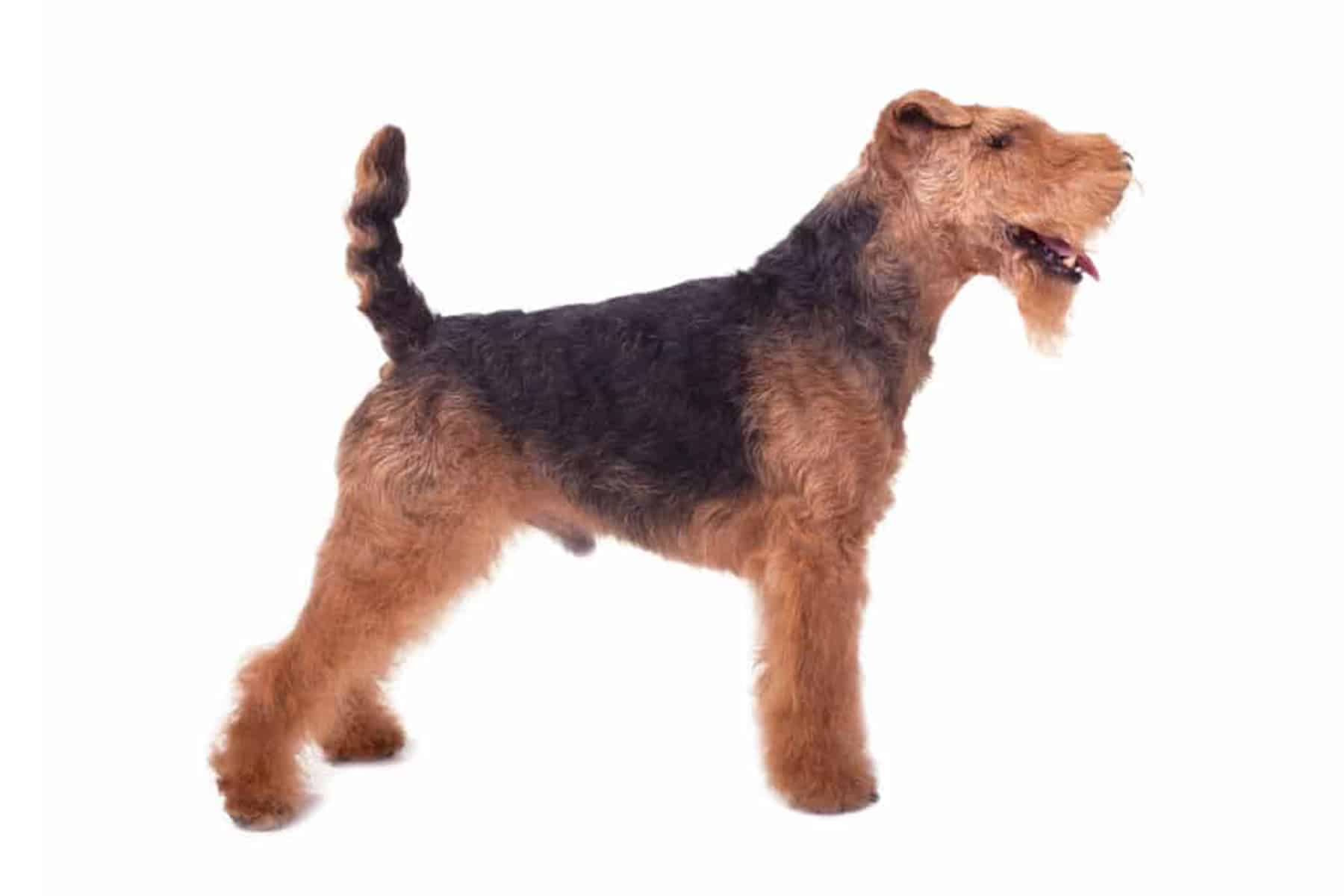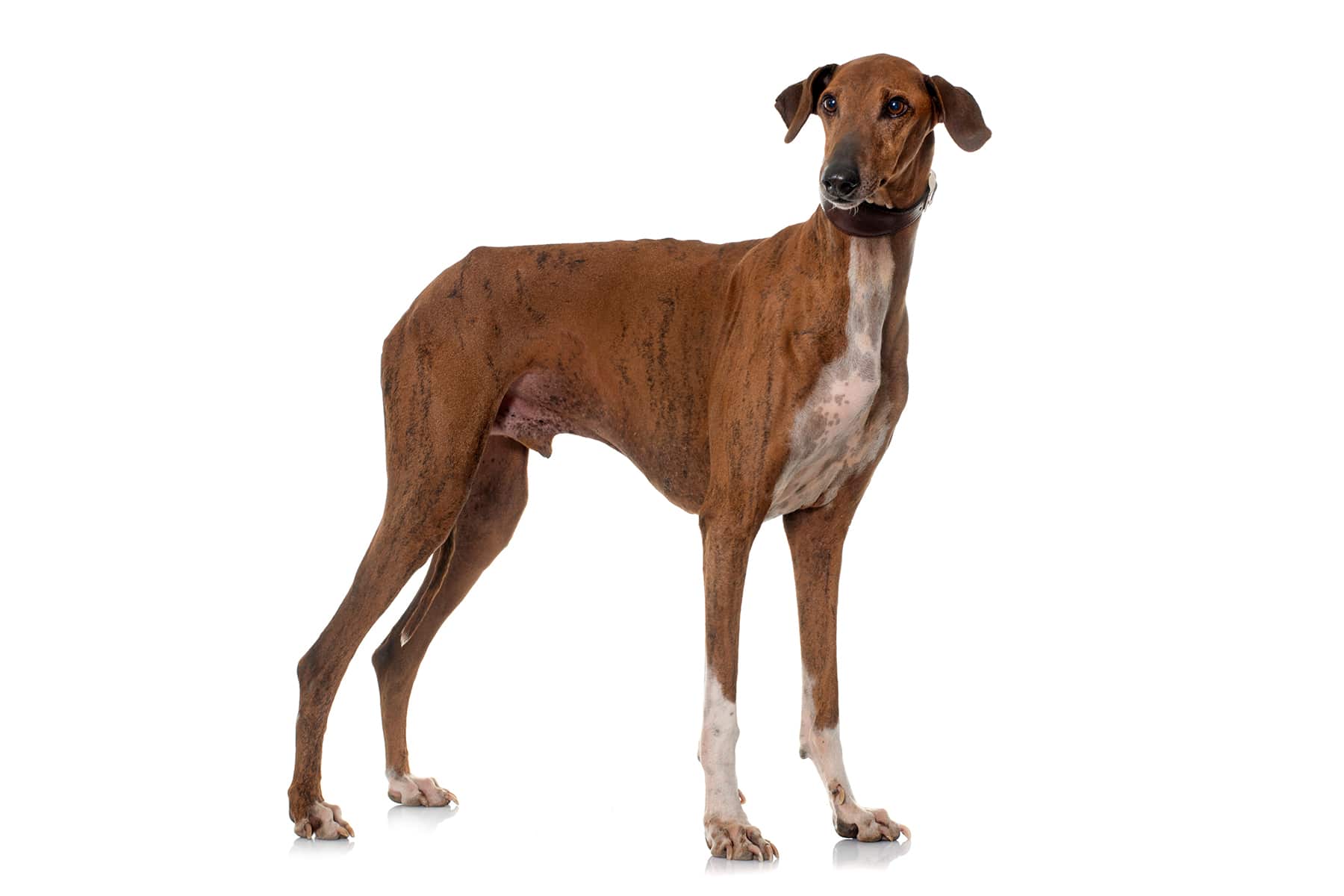Small Munsterlander




Temperament:
The Small Munsterlander is friendly and people-oriented, but the hunting dog is still in him today. Anyone who brings a Small Munsterlander into their home will have a lively and active companion that will remain loyal to its owner through thick and thin.
Characteristics
The Small Munsterlander is an intelligent dog. It has a lot of temperament and a pronounced urge to move. However, this breed is not suitable for keeping in a city apartment. The dogs need the opportunity to exercise extensively in the countryside.
Hunting dogs also feel particularly comfortable when they have a task and are kept busy. The Small Munsterlander doesn't necessarily like just being a companion dog. These bright dogs love to run, and not all of them accept the lead without further ado. To this day, they are happiest at the side of a hunter.
They generally fit in well in a family with children. The animals are open-minded towards adults and children. Young dogs in particular have a pronounced play instinct and like children. Nevertheless, the Small Munsterlander is not a typical family dog.
When offspring join the family and the dog has to renegotiate its place, it may initially react with jealousy. The Small Munsterlander tends towards territorial behavior. However, they rarely behave aggressively towards people. They also generally get along well with other dogs. Living together with small animals such as rodents or chickens is more difficult. Caution is advised here, as the dog's hunting instinct often breaks through in everyday life.
Coat care:
Shedding:
Energy level:
Trainability:
Children suitable:
The right food
With the right diet and appropriate exercise, Small Münsterlanders are slim dogs. An adult dog weighs around 17 to 26 kilograms with a shoulder height of around 50 to 56 centimetres.
Typical breed diseases are not known. However, the energetic dogs are not very robust and are often under stress.
To keep your dog healthy, you should therefore make sure to feed it high-quality food. Good food strengthens the immune system and keeps bones healthy.
Therefore, when choosing food, make sure that it contains high-quality ingredients, is balanced and meets your dog's requirements. Age, size or weight, activity and health status play an important role here. You should follow the manufacturer's recommendations for the amount of food.
Treats should only be fed in moderation and deducted from the basic diet to avoid obesity.
Puppies can be fed 4-6 times a day. The number of meals should be gradually reduced to 2 per day until the dog is fully grown. A rest period should be observed after meals.
Fresh drinking water should be available at all times.
Health & Care
The Small Munsterlander typically has a long coat in the colors black and white, brown and white, black or brown. The breed has both smooth and wavy coats. Sometimes a mixture of both. In general, the dogs are easy to care for. Regular brushing and a healthy diet ensure a shiny and well-groomed coat.
What not everyone knows is that hunting dogs are real water rats. Even today, they are often used by hunters to hunt ducks, as they feel particularly at home in water.
This also applies to the bathtub. Here, too, the otherwise so active dogs often feel very comfortable and can almost relax. But be careful: their play instinct quickly comes to the fore in the bathtub too.
When bathing your dog, you should always use a mild dog shampoo. Make sure that the shampoo does not get into your four-legged friend's eyes and ears. And to prevent bathing from becoming a hairy affair, you should brush your little Münsterländer well beforehand.
Suitable accessories
The animals prefer a long leash in the truest sense of the word. But what spirited dogs want is not always what is best for them. Young dogs in particular like to test their limits. It is not easy to get a Small Munsterlander used to a lead.
When choosing the right accessories, make sure that you and your dog don't lose the fun of the walk. The Small Munsterlander likes to pull hard on the lead. This is his way of showing you that he would much rather give in to his urge to move.
Nevertheless, they do not need a heavy harness. A thin lead is usually sufficient. However, if you let your four-legged friend off the lead, you need to be careful. As soon as the hunting instinct kicks in, young dogs in particular are quickly over the hill.
As a rule, the Small Munsterlander gets by with few accessories. Invest in a good lead and a suitable collar. If you then buy a good brush and enough toys, your dog will be happy.
Other accessories that are part of every dog's basic equipment: dog basket or dog mat as a place to retreat, water and food bowl, tick tweezers, claw clippers, mild dog shampoo, dog toothbrush and cream, transport box for transportation in the car and a first aid kit. Ask your vet what belongs in the first aid kit.

Origin & History
The beginnings of the dog breed date back to the 19th century, as historical records show. Around 1870, the Small Munsterlander was first mentioned in documents before it became an independent breed in 1920. There have been set breed standards since 1921. Breeders still breed according to these standards today.
As the name suggests, these dogs come from the Münsterland region. They are therefore a German dog breed. Today, however, the animals are much more widespread in other countries than in Germany. The Small Munsterlander is particularly popular in Scandinavia, especially in Norway. But they are also still frequently used for hunting in France.
German hunting dogs belong to the pointing dog breeds and look back on a long history. In addition to their hunting abilities, they are also considered excellent tracking dogs. The special character of the Small Munsterlander has been preserved for more than a century.





